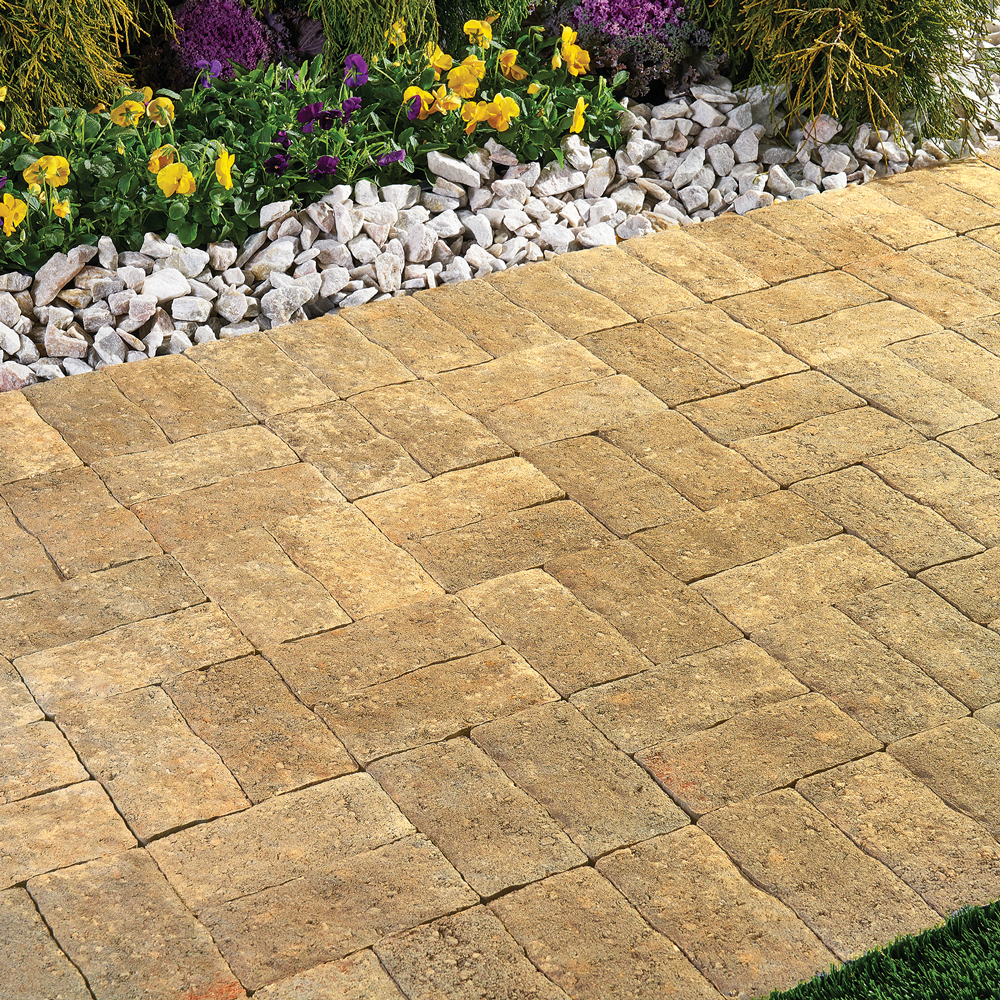Elevate Your Residential or commercial property's Aesthetic With Sustainable Landscape Design Layouts and Eco-Friendly Practices
Benefits of Lasting Landscape Design
Applying sustainable landscaping techniques not only preserves natural sources but additionally promotes biodiversity and boosts general environmental wellness. By picking green landscape design methods, homeowner can reap a plethora of benefits that prolong beyond just aesthetic allure. One significant benefit is the decrease of water intake via using drought-resistant plants, rain gardens, and effective watering systems. This not only reduces energy expenses but additionally adds to water preservation initiatives in the area.
Moreover, lasting landscape design can boost dirt health and wellness by minimizing making use of chemical plant foods and chemicals, thereby developing a healthier setting for plant growth and useful dirt organisms. This, in turn, boosts the total durability of the landscape to endure environmental stress factors and environment modification effects - bush removal Jacksonville. In addition, sustainable landscaping practices can attract varied wildlife, including pollinators like butterflies and bees, fostering a more balanced and vivid environment within the building
Incorporating Indigenous Plants
To build on the benefits of lasting landscaping, a calculated emphasis on incorporating native plants can even more boost eco-friendly resilience and promote biodiversity within the landscape. Native plants are types that normally occur in a certain area and have evolved to prosper in the local environment, dirt problems, and community. By including native plants in landscaping designs, building owners can lower water use, decrease the demand for chemical pesticides and plant foods, and support the regional wildlife population.
Incorporating native plants also aids in maintaining the unique character and identification of an area's vegetation. These plants usually call for much less upkeep as soon as developed, making them a cost-efficient and lasting landscaping service over time. Furthermore, indigenous plants can draw in indigenous pollinators like bees and butterflies, contributing to the general health and wellness of the ecological community.
When picking native plants for landscaping projects, it is necessary to pick types that are fit to the specific environmental conditions of the site. Consulting with agricultural gardens or regional baby rooms can provide beneficial assistance on picking the appropriate native plants for a certain area. By integrating indigenous plants right into landscape design designs, property proprietors can develop gorgeous, lasting outdoor rooms that benefit both the setting and the community.

Water Conservation Techniques
Reliable irrigation techniques play an important role in lasting landscape design techniques, making certain optimum water preservation efforts in outdoor spaces. Executing techniques such as drip irrigation, rainwater harvesting, and clever watering systems can substantially lower water wastage while preserving a healthy and balanced landscape. Trickle watering supplies water straight to the origins of plants, minimizing dissipation and overflow. Rainwater harvesting entails gathering rainwater from roofs and saving it for later use in watering, decreasing the dependence on municipal water resources. Smart watering systems use weather condition information and dirt dampness levels to change watering schedules, protecting against overwatering and advertising water efficiency.
In addition to sophisticated watering methods, xeriscaping is an additional water-saving landscaping strategy that concentrates on utilizing drought-resistant plants, compost, and efficient irrigation to develop a low-water landscape design - landscaping company Jacksonville. By selecting indigenous plants that are well-suited to the regional environment and soil conditions, homeowner can reduce the requirement for extreme watering, inevitably conserving water and promoting a lasting exterior setting
Eco-Friendly Hardscaping Ideas
Enhancing outside rooms with environmentally friendly hardscaping attributes can add substantially to lasting landscape design practices. When thinking about hardscaping elements, choose materials like reclaimed wood, recycled concrete, or natural stone to reduce ecological impact. These materials not only add a distinct aesthetic attract your outside area however likewise minimize the demand for brand-new sources extraction.
Carrying out absorptive leading choices such as crushed rock or absorptive concrete can help in reducing water drainage and advertise groundwater recharge. These options enable rainwater to seep right linked here into the ground, protecting against disintegration and decreasing the worry on stormwater systems.
Incorporating native plants right into hardscaping styles can further boost eco-friendliness by supporting local wild animals and minimizing the requirement for too much watering or chemical therapies. By incorporating vertical gardens or environment-friendly walls, you can present a lot more greenery right into city settings, improving air top quality and biodiversity.
Incorporating energy-efficient lights, such as solar-powered LEDs, into hardscaping designs can minimize electrical power usage and lower your building's carbon footprint. Focusing on green hardscaping ideas not only improves the elegance of your exterior space yet additionally demonstrates a dedication to environmental stewardship.
Maintenance Tips for Lasting Landscapes
;Resize=(920,575))
On a regular basis prune plants to promote healthy growth and avoid overgrowth that can lead to pest problems or diseases. Use organic fertilizers to nourish the dirt and plants without harmful chemicals that can seep into the setting.
Final Thought
In conclusion, lasting landscaping techniques provide countless advantages for homeowner, from enhancing the aesthetic charm of the environments to promoting environmental conservation. By integrating indigenous plants, executing water preservation techniques, and utilizing eco-friendly hardscaping concepts, homeowner can produce beautiful landscapes that are additionally eco responsible. With correct maintenance, lasting landscapes can add and prosper to a healthier environment for both people and wildlife.
Additionally, lasting landscape design can boost soil wellness by lessening the use of chemical fertilizers and chemicals, thereby creating a much healthier setting for plant growth and valuable soil microorganisms.To build upon the benefits of sustainable try here landscape design, a tactical focus on integrating indigenous plants can better enhance ecological strength and advertise biodiversity within the landscape. By including native plants in landscaping look at this website styles, residential or commercial property proprietors can minimize water use, lessen the demand for chemical pesticides and fertilizers, and support the local wildlife population.
These plants often require much less upkeep once established, making them a lasting and cost-efficient landscaping service in the long run. By incorporating indigenous plants into landscaping designs, home proprietors can create beautiful, lasting outdoor spaces that profit both the setting and the neighborhood.